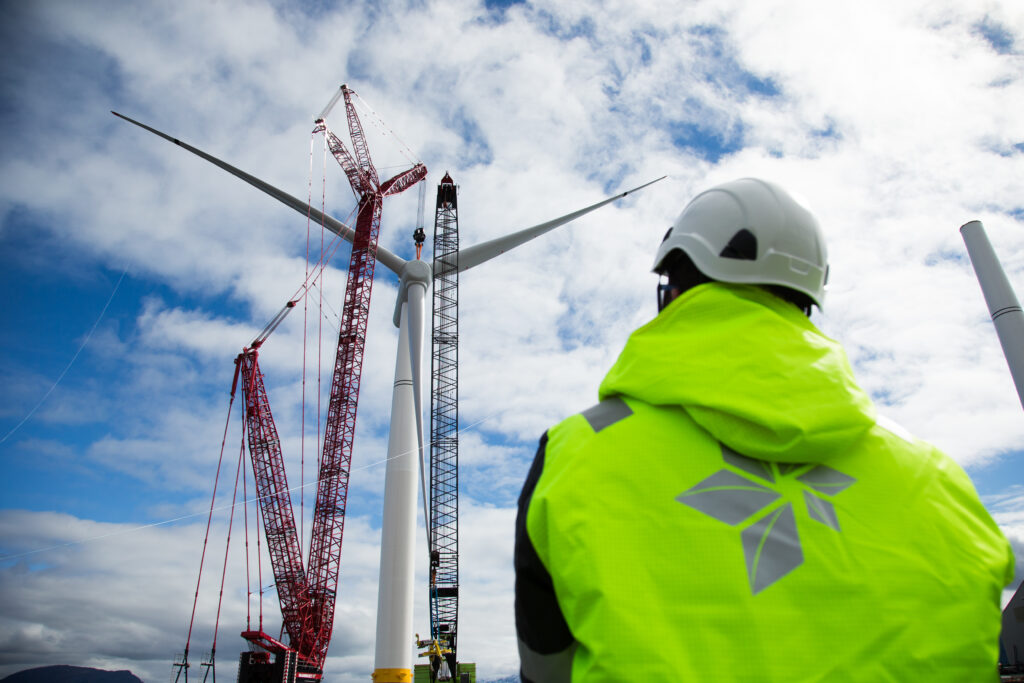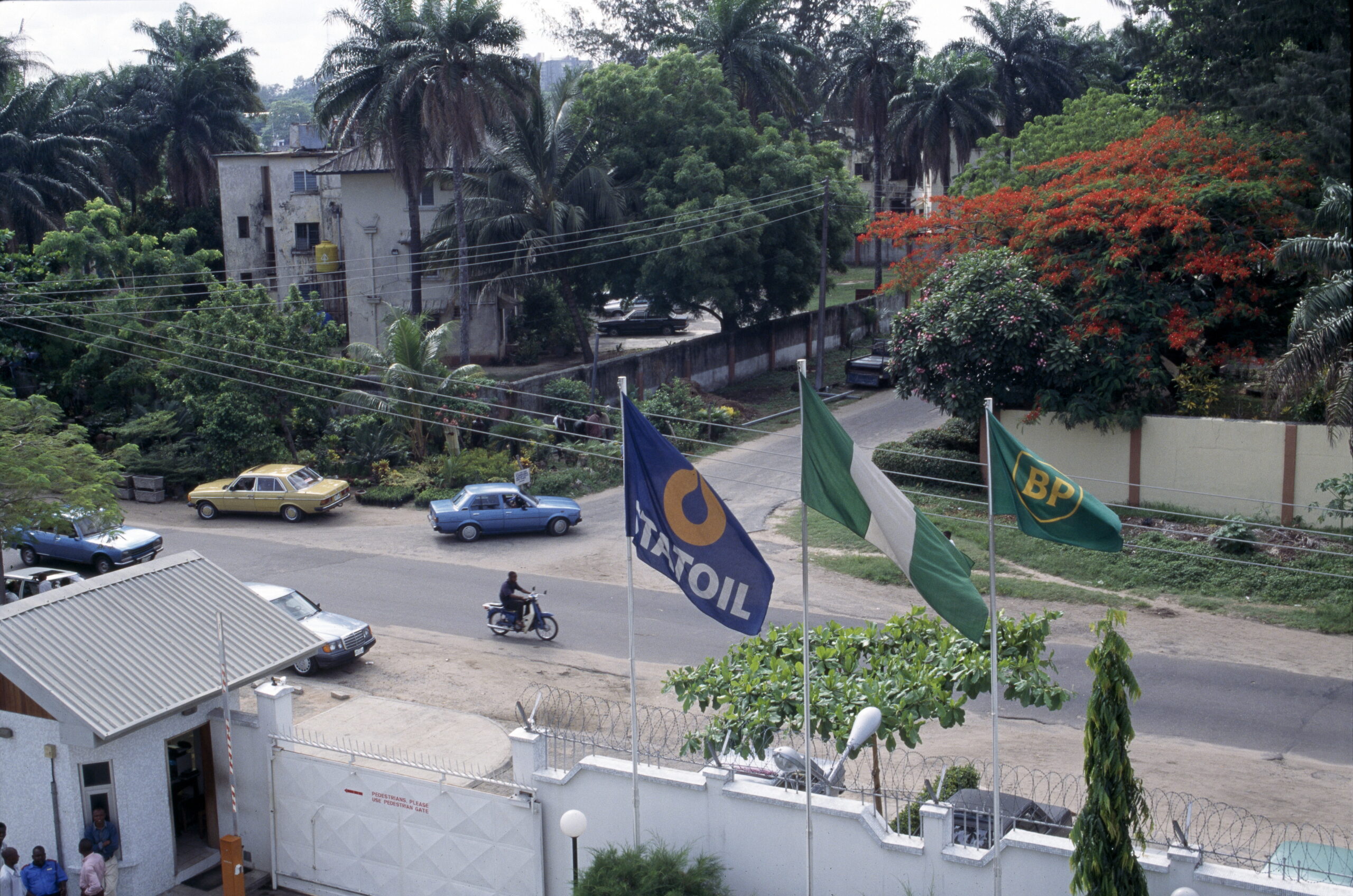The UK – not just any foreign country

A distinctive feature of the UK is its multifaceted historical connections with Norway. One aspect has been many centuries of cultural exchange. In more recent times, collaboration over security policy has been important.
Within this framework, a general subject – particularly over the past 100 years or so – has been the division and management of natural resources in and beneath the seas around the two counties. This area has witnessed both substantial frictions and good collaboration.
Many people are surprised to learn that Britain and Norway took 40 years until 1951 to settle a tough and bitter conflict over fishing rights off the Norwegian coast. This was finally resolved by the International Court of Justice at The Hague only a few years after the two nations had been close allies in the Second World War.
Matters were settled far more expeditiously in the 1960s, when the neighbours agreed on a median line in the North Sea which divided the shallow and promising continental shelf between them. Both countries could then get properly started on identifying what resources lay beneath the seabed.
The consequences of the chosen boundary were clearly revealed by Statfjord, the biggest oil field in the North Sea, which extends across it. More than 80 per cent of the reservoir lies on the Norwegian side, which was highly significant for Statoil’s finances over many years.
Petroleum and offshore wind power

Statoil/Equinor has had a substantial involvement in petroleum production on the UK continental shelf (UKCS). Important fields in this context include the heavy oil Mariner and Rosebank discoveries. The company farmed into and became operator for Mariner in 2007, which came on stream in 2019. Rosebank is one of the largest undeveloped fields on the UKCS, with Equinor holding 40 per cent and the operatorship.
Offshore wind power has also become an important priority area for Equinor in recent years, and will play a very central role through the company’s commitment to renewables off Britain. That applies to both fixed (Sheringham Shoal and Dogger Bank) and floating (Hywind Scotland) wind turbines.
The technological development of such fixed and floating structures offers interesting parallels with petroleum history.
Pipelines

The UK is a substantial importer of Norwegian petroleum through pipelines. In 2022, Equinor met more than a quarter of Britain’s gas requirements. Langeled – where Statoil/Equinor has also played a leading role – is one of the most important pipelines from Norway to the UK. The gas it carries derives largely from the Ormen Lange field in the Norwegian Sea. Norsk Hydro was operator for its development before Norske Shell took charge of production in December 2007.[REMOVE]Fotnote: Tønnesen, Harald and Hadland, Gunleiv, 2012, Oil and gas fields in Norway. Industrial heritage plan (2nd edn), Norwegian Petroleum Museum: 189. Equinor Energy AS had an interest of just over 25 per cent in Ormen Lange in 2022.[REMOVE]Fotnote: Ormen Lange, https://www.norskpetroleum.no/en/facts/field/ormen-lange/, accessed 1 June 2022.
Production from the field is piped first to the Nyhamna processing plant north-west of Molde before dry gas travels on to Easington on the English east coast. En route, it passes through the Sleipner pipeline hub for blending with gas from other sources to ensure the required quality. Sleipner’s hub function also allows gas to be exported to continental Europe if required.[REMOVE]Fotnote: Tønnesen, Harald and Hadland, Gunleiv, op.cit: 236.
Statoil had project responsibility for Langeled and for laying it. The pipeline became operational in two stages – the Sleipner-Easington leg in 2006 and Nyhamna-Sleipner the following year.[REMOVE]Fotnote: Annual report, 2007, Statoil: 31. (References to annual reports in this text refer to the Norwegian edition of the reports.) Its overall length is 1 166 kilometres.[REMOVE]Fotnote: Tønnesen, Harald and Hadland, Gunleiv, op.cit: 236.
Another important pipeline from the Norwegian continental shelf (NCS) to Britain is Vesterled, which became operational in 2001 and links Heimdal in the North Sea to the St Fergus terminal in Scotland via the older Frigg Norwegian Pipeline.[REMOVE]Fotnote: Hadland, Gunleiv, Frigg Pipeline becomes part of Vesterled, 4 April 2018. https://frigg.industriminne.no/en/2018/04/04/frigg-norwegian-pipeline-becomes-part-of-vesterled/ In addition come connecting and British gas gathering pipelines.[REMOVE]Fotnote: Tønnesen, Harald and Hadland, Gunleiv, op.cit: 231 ff.
The Norpipe oil pipeline also deserves a mention. Linking the Ekofisk area to Teesside in the UK, this was the first pipeline from the NCS to become operational back in 1975.[REMOVE]Fotnote: Tønnesen, Harald and Hadland, Gunleiv, op.cit: 223. As recently as 2021, the UK was otherwise the biggest receiving country for Norwegian oil exports.[REMOVE]Fotnote: Table, Norwegian oil deliveries in 2021, by first delivery point, https://www.norskpetroleum.no/en/production-and-exports/exports-of-oil-and-gas/, accessed 3 June 2022.
Organisation and management

In addition to Statoil/Equinor’s role in UK petroleum production, offshore wind power and exports, it is important to note that the British have exercised a significant organisational influence on the company.
Perhaps the most significant example is the alliance with British Petroleum (BP) in the 1990s. A key goal was to collaborate on exploration and production in promising areas of Africa and Asia, which made Statoil better acquainted with international operations.
During the company’s more recent history, a number of British citizens – some with strong ties to Norway – have held key positions in the senior management and on the board,
Examples from the corporate executive committee (CEC) include:
- Al Cook, executive vice president for global strategy and business development (GSB), 2018-20, and for exploration and production international (EPI) from 1 January 2021.[REMOVE]Fotnote: Annual report, 2018, Equinor: 117; Annual report, 2021, Equinor: 136. (References to annual reports in this text refer to the Norwegian edition of the reports.)
- Tim Dodson, executive vice president, exploration (EXP), 2011-20.[REMOVE]Fotnote: Annual report, 2017, Statoil: 102, 103; Annual report, 2020, Equinor: 149.
- John Knight, executive vice president, global strategy and business development (GSB), 2011-18.[REMOVE]Fotnote: Annual report, 2017, Statoil: 102; Annual report, 2018, Equinor: 130.
- John Hubbard, executive vice president, international exploration and production, 2000-13.[REMOVE]Fotnote: Equinor website, New head of international E&P, 9 August 2000, https://www.equinor.com/news/archive/2000/08/09/NewheadofinternationalEP, accessed 20 May 2022.
Examples from the board include:
- Roy Franklin, 2007-13 and 2015-19, deputy chair in his second term.[REMOVE]Fotnote: Annual report, 2017, Statoil: 97; Annual report, 2018, Equinor: 109; Annual report, 2019, Equinor: 117.
- Barbara Judge, 2010-2013.[REMOVE]Fotnote: Annual report, 2010, Statoil: 119; Annual report, 2013: 89.
- Anne Drinkwater, 2018-, elected deputy chair from 1 July 2022.[REMOVE]Fotnote: Annual report, 2021, Equinor: 131; Equinor website, Election to Equinor’s board of directors, 7 June 2022. https://www.equinor.com/news/20220607-election-equinor-board-directors, accessed 8 June 2022.
- Jonathan Lewis, 2018-, re-elected from 1 July 2022.[REMOVE]Fotnote: Annual report, 2021, Equinor: 131; Equinor website, Election to Equinor’s board of directors, 7 June 2022. https://www.equinor.com/news/20220607-election-equinor-board-directors, accessed 8 June 2022.
- Michael D Lewis, 1 July 2022.[REMOVE]Fotnote: Equinor website, Election to Equinor’s board of directors, 7 June 2022. https://www.equinor.com/news/20220607-election-equinor-board-directors, accessed 8 June 2022.
Collating some of the information above, we can see that British citizens have been members of the CEC and/or directors continuously since 2007. The year 2018 was special in this respect. In the CEC, Cook replaced Knight as executive vice president for GBS while Dodson was executive vice president for EXP. Two new British directors (Drinkwater and Lewis) were elected to the board while Franklin became deputy chair. From July 2022, three British citizens were again on the board, with Drinkwater as deputy chair.
To sum up, Britain and the British have played a significant – and to some extent under-communicated – role in Statoil/Equinor’s history. Given the renewable energy commitment on the UKCS, the country is likely to play an even more important role for the company in coming years.
arrow_backMerger with Hydro – an expected surprisePetroleum production in the UKarrow_forward